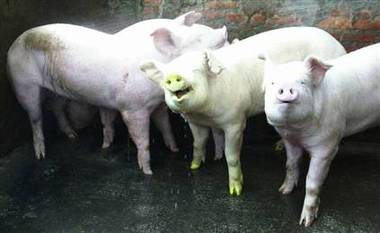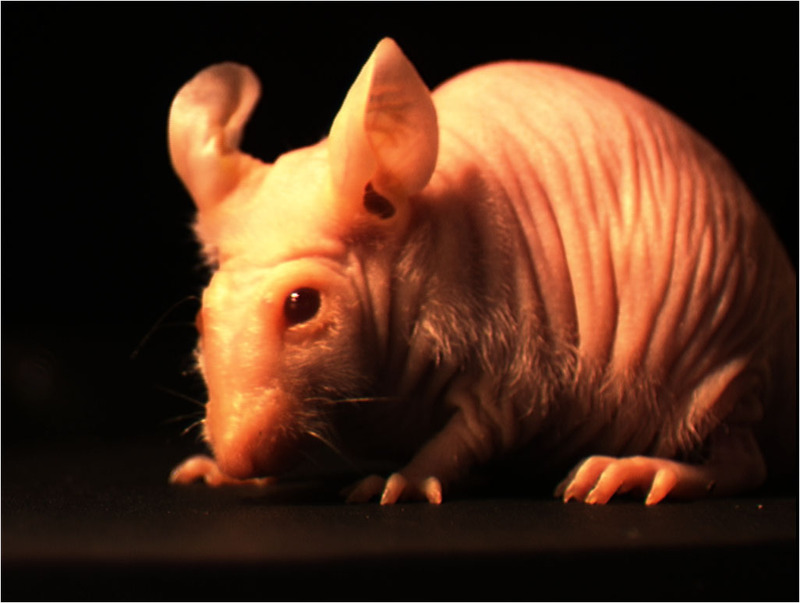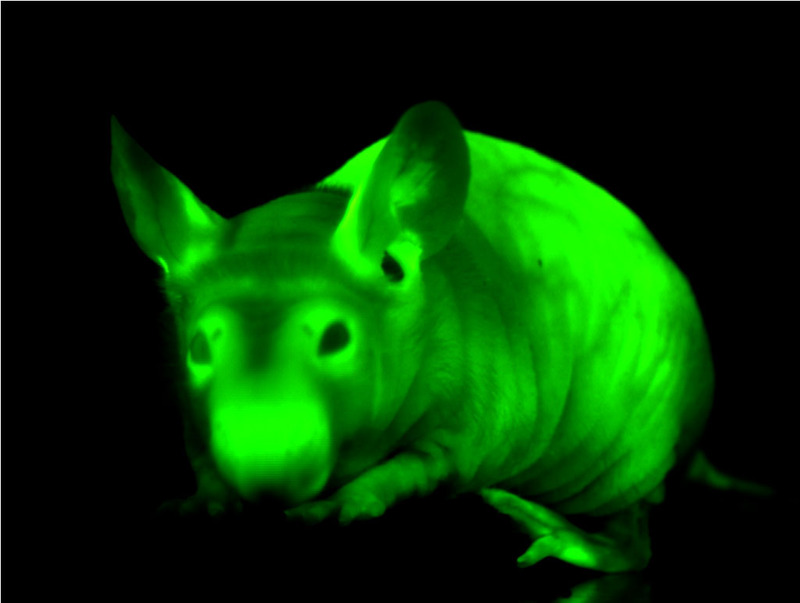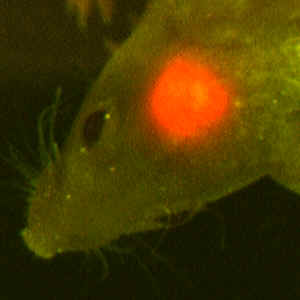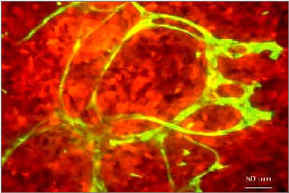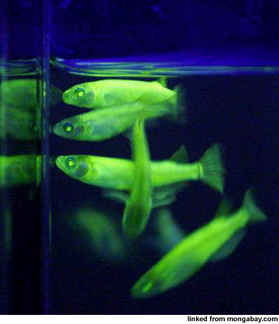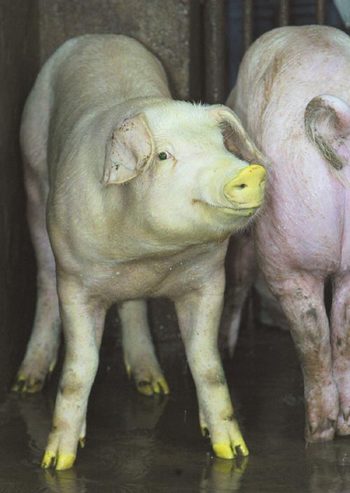Finally an answer I can live with, from Scientific American. It’s GENETIC, baby:
During a study of linguistic and genetic data from 49 distinct populations [two linguists have] discovered a striking correlation between two genes involved in brain development and language tonality. Populations that speak nontonal languages (where the pitch of a spoken word does not affect its meaning) have newer versions of the genes, with mutations that began to appear roughly 37 thousand years ago.
[…]
In English, the pitch at which a word is spoken conveys emotion but usually does not affect its meaning. But in many sub-Saharan African, Southeast Asian and Latin American languages[,] tone changes the meaning of words…
The new research, published this week in Proceedings of the National Academy of Sciences USA ties this difference to two genes, ASPM and Microcephalin. The exact functions of both genes are still open to debate, but they are known to affect brain size during embryonic development. "They presumably have something to do with brain structure, because there are deleterious mutations of the genes that lead to microencephaly (a condition in which a person’s brain is much smaller than the average size for his or her age), says senior study author Robert Ladd, a professor of linguistics at the University of Edinburgh in Scotland.
Ladd and colleague Dan Dediu…focused on one particular variation of each of the new genes. "They’re versions of these genes that are not only newer, but also show signatures of strong natural selection in modern humans," Ladd says. In their report, the authors note that previous studies indicate these popular new mutations do not appear to affect intelligence, brain size or social ability. But based on their strong correlation with language tone, they surmise that they may contribute to slight differences in the cerebral cortex, the outermost layer of the brain, which, among many other functions, plays a role in our ability to understand language.
Ladd and Dediu compared 24 linguistic features…with 981 versions of the two genes found in the 49 populations studied. Most of the language contrasts could be explained by geographic or historical differences. But tone seemed to be inextricably tied to the variations of ASPM and Microcephalin observed by the authors. The mutations were absent in populations that speak tonal languages, but abundant in nontonal speakers. [emphasis added throughout]
(The piece doesn’t mention the flip side of the coin, which is that the ABSENCE of the new mutations in tonal language-speaking populations suggests that these mutations provide a comparative DISADVANTAGE in that particular milieu.)
John Derbyshire at The Corner writes:
This sort of thing is the most fascinating stuff going on in science now: the slow uncovering of human nature in all its meaty & molecular actuality—the territory formerly squabbled over by philosophy, literature, and folklore yielding to cold biological fact. It’ll be a long time happening, and it will turn up things we—liberals and conservatives both—won’t like, but it’s starting.
Wild stuff, if it’s true.




